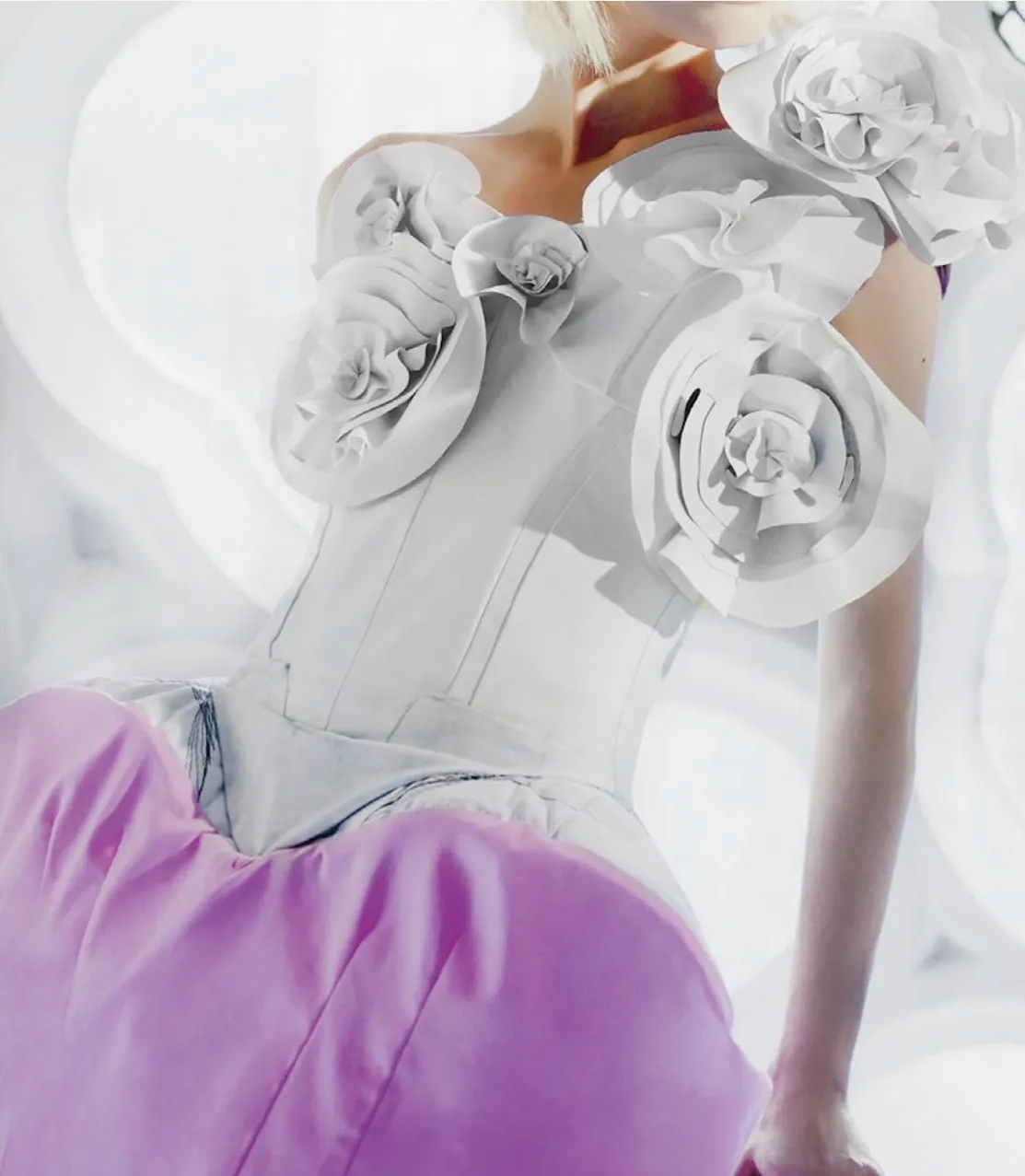Time to break it:Five misunderstandings on smart clothing
Edited by Zhong Mengxia


With the development of science and technology, the cities we live in, the home appliances and technologies we use, everything is becoming more and more intelligent. In the past, people thought that a device could only be used to solve a single purpose, but now, both individuals and en—terprises want a simple solution that can solve all problems in one—stop solution. By introducing the concept of smart clothing, the clothing industry tries to fill this gap with technology. However, the concept of smart clothing has been discussed for many years, but it still doesn't arouse people's interest in trying it.
What is smart clothing?
Smart clothing is the product of the combination of clothing and high technology. It may be a "smart shirt"that can detect the heartbeat and respiratory rate of hu—man body. In the future, a coat can automatically play music; Or a T—shirt that can display words and images on the chest ... American science and technology media predict that in the future, clothing will become a real multifunctional portable high—tech product. A piece of clothing can simultaneously play music, video, adjust the temperature, and even surf the Internet.
This is a specific kind of clothing, which provides consumers with many functions, such as monitoring in real time, which makes it different from the ordinary clothing we wear. For example, a smart garment can measure heart rate and calculate calories burned dur—ing physical exercise, or a coat can send location signals to the wearer's family so that they can contact imme—diately in case of danger. Some well—known clothing companies, computer giants, and electrical appliance manufacturers, such as IBM, Vais, Philips, Nike, etc.,have started to develop computer—controlled "smart clothing". This kind of clothing has both fashionable design and good functionality, which is in line with the future needs of the target consumers of the clothing industry, including professionals, young groups, sporting fans and elderly.
People’s misunderstandings
Many of us think that clothing will become more expensive because of the integration of high technology into clothing, but this is not the truth. Brands are trying to cater to the larger consumer groups in the middle market. Many smart clothes have the same price as an ordinary T—shirt, and additional functions.
The idea of intelligent clothing is to combine fashion with function as much as possible, and manufacturers hardly compromise the fashion part of clothing. Instead,manufacturers try to make it as comfortable, stylish and seamless as possible.
Among many popular smart clothes, only one is specially designed for fitness people. In fact, there are many more smart clothes for the elderly, children and women than for sports. These smart clothes can moni—tor specific physical activities and are equipped with a GPS system to ensure that loved ones are healthy and safe no matter where they are.
Not every smart garment needs to be installed or inserted with device. Th ere are some garments that can seamlessly f it sensors into textiles, and they are even never be found. It is retractable, breathable and doesn't need to carry any gadgets with you. Th e enhancement of nano—technology has helped smart clothing achieve seamless connection.
Many people think that smart clothes need time to take care of and are not durable in the long run. But in fact, smart textiles are very easy to take care of, and most smart clothes can be cleaned. If there is a device connected to the garment, you only need to take it off before cleaning, and then plug it in for the next use. Smart clothes that need to be charged are also very convenient. They can be charged or use batteries. Therefore, the durability of smart clothing has been paid full attention both in cleaning and charging.
It is true that smart clothing has not been widely popular at the mass level, but it gives us another perspective — clothing can also pro—vide a wide range of intelligent solutions to the needs of the human body. Only when we have really tried smart clothes can we understand whether they are convenient and easy to use. So, don't let the above misconceptions stop us from trying smart clothes. Our impression of smart clothes should be changed positively and pragmatically.


